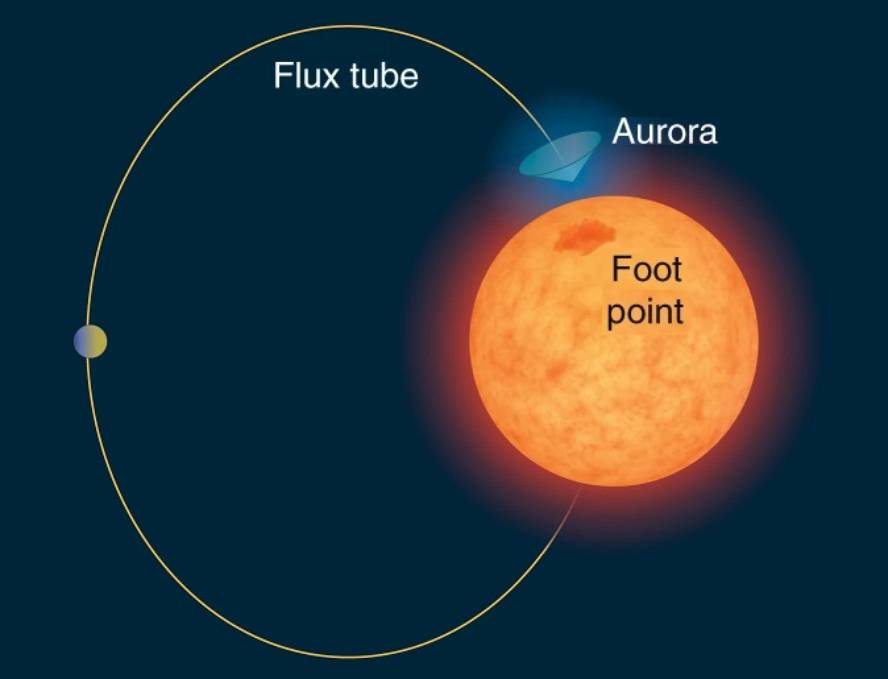New search strategy for aurora bursts, exoplanets
Jupiter's moon Io has inspired astronomers and created a new way to look for distant exoplanets. Jupiter has constant auroras at its poles, but when Io orbits nearby, it influences the planet's magnetic field and forms a sort of explosion of bright auroras in Jupiter's atmosphere. Thus, the repetitive explosions it generates without seeing Io reveal its presence. Therefore, astronomers have identified for the first time the auroras that a planet outside the solar system has been able to produce in its star. Thus, the study published by the journal Nature Astronomy reveals that they have found a new exoplanet.
Using the LOFAR, the network of 20,000 radio antennas distributed throughout Europe, an atrial explosion has been detected in the nana star GJ 1151. It is believed that the new planet would take between 1 and 5 days to turn around the star and have detected an explosion of eight hours. At the moment, however, the discovery of this exoplanet is only a hypothesis. As long as a new methodology is used, the result must be confirmed by a conventional method. However, if accepted, and seeing the limitations of other exoplanet search techniques, the new technique using low-frequency radio waves would be very useful.






